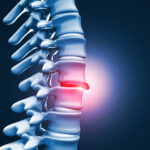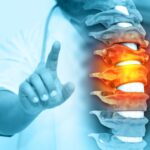What is EMG, NCS, Electrodiagnostic testing?
Electrodiagnostic testing is a type of medical testing, performed by a physiatrist or neurologist with special training, that uses specialized equipment for diagnosing peripheral neuromuscular disorders (conditions that affect the nerves and muscles of the spine and limbs).
There are two main tests used in electrodiagnostic medicine:
Nerve conduction study (NCS): The nerves are stimulated at different points with small electric shocks, artificially activating them so their function can be measured.
Electromyography (EMG): Very fine needles are inserted into several muscles. Each needle has a microscopic electrode that picks up both the normal and abnormal electrical signals given off by a muscle.

The tests are usually performed in the doctor’s outpatient office by a specialized physician and usually take about 30 to 60 minutes to complete. Here are some of the things you can expect during an electrodiagnostic medicine test:
- A brief interview and physical exam will be performed to figure out which specific tests to perform in your specific context.
- You will be asked to lie on a table or sit in a chair.
- For the nerve conduction studies: Small patch electrodes will be affixed to the surface of your skin (like when you get an EKG at the cardiologist). The doctor stimulates a nerve with small electric shock by placing a wand on the skin above the nerve. This test is done in two or more places along the nerve’s path. These may cause your muscles to twitch and may also cause a tingling sensation during the nerve conduction study. Majority of people find this to be painless but perhaps slightly uncomfortable. Data is recorded that shows the size of the response and conduction velocity (the speed at which the electrical impulse travels through the nerve). These are then compared with normative data and analyzed in the clinical context.
- For the EMG needle exam, the doctor lightly inserts a very fine disposable needle into a patient’s muscle (or several muscles). Connected to a computer, these needles record the electric impulses created by the body when the muscle is at rest and when the patient flexes the muscle. The needle is moved within the muscle to measure electrical activity. No current is delivered to the body during this part of the test. Your doctor may ask you to contract or relax certain muscles or shift positions during the electrodiagnostic test.The physician then analyzes the recorded signals to determine whether there may be muscle or nerve damage. Your doctor may hold pressure at the site of needle insertion to offer relief however the EMG needles are so fine that there is rarely any bleeding during the test. You may feel a slight pinch or prick when the needle is inserted.
- In most cases, your doctor will perform both elements, but in some situations, only one or the other may be done.
- The test can be stopped at any point if there is too much discomfort.
- The doctor will discuss your preliminary test results with you and send the official report to your referring doctor. After the exam, check with the doctor who sent you to the lab for the next step in your care.
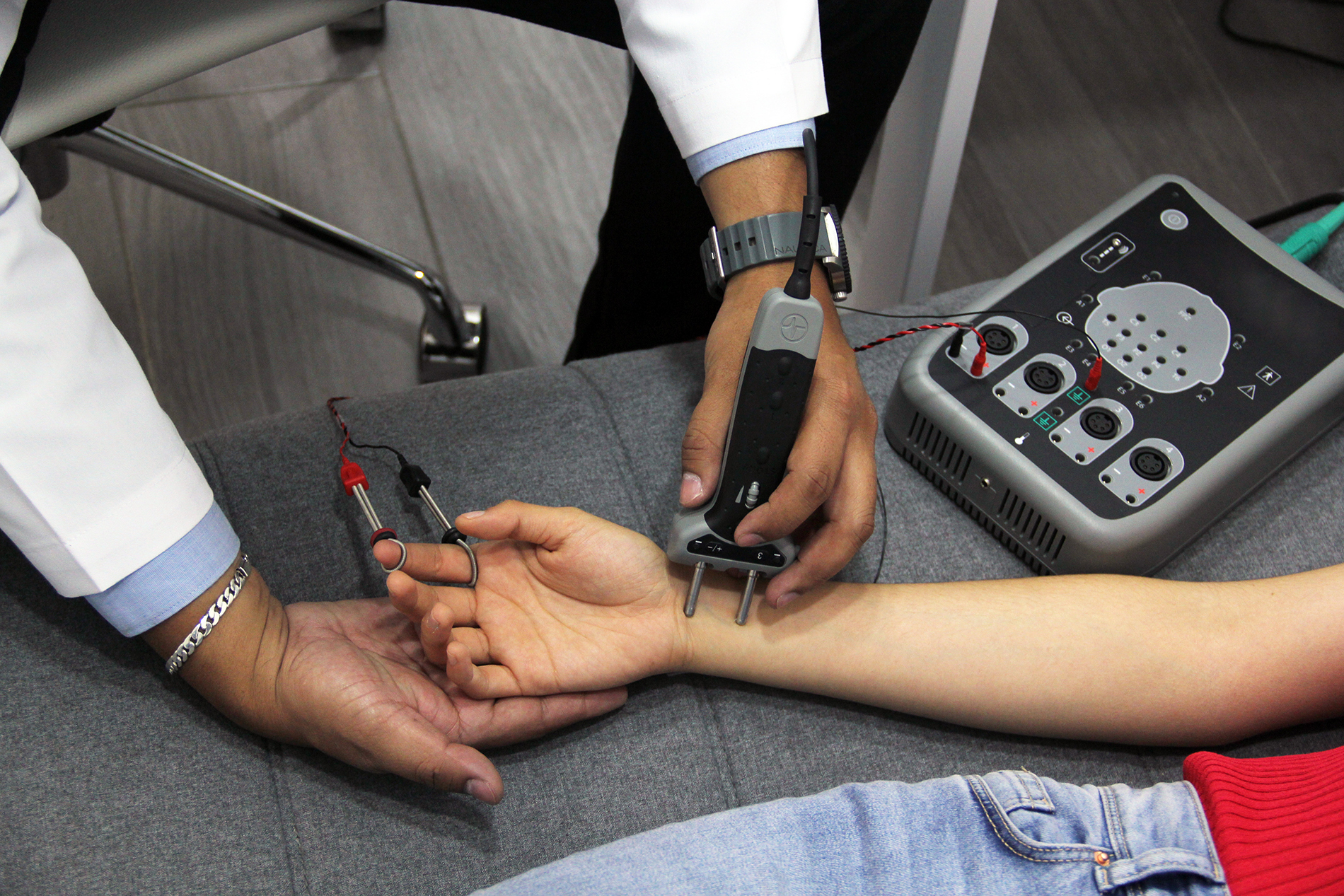
How should I Prepare For the Test?
You can do any of your normal activities, like eating, driving, and exercising, before and after the test. Take a bath or shower to remove oil from your skin. DO NOT use body lotion on the day of the test. Wear loose-fitting clothing that allows easy access to the areas that will be tested. Arrive 15 minutes prior to your scheduled appointment time with the prescription/referral from the ordering physician. Tell the doctor if you are taking aspirin, blood thinners (LIKE Coumadin) or have a bleeding disorder. Aside from rare soreness, there are no lasting side effects from the tests.
Some more information about Electrodiagnosis
Peripheral nerves and muscles generate electrical signals that deliver messages to and from your central nervous system (which is comprised of the brain and the spinal cord).
- Sensory nerves deliver information about your surroundings to the brain.
- Motor nerves deliver signals from the brain to activate your muscles.
Injuries or diseases that affect nerves and muscles can alter these electrical signals and these changes can be observed and measured using specialized equipment. This process is called electrodiagnostic testing.
According to the American Board of Electrodiagnostic Medicine, electrodiagnostic medicine is the medical subspecialty that applies neurophysiologic techniques to diagnose, evaluate, and treat patients with impairments of the neurologic, neuromuscular, and muscular systems.
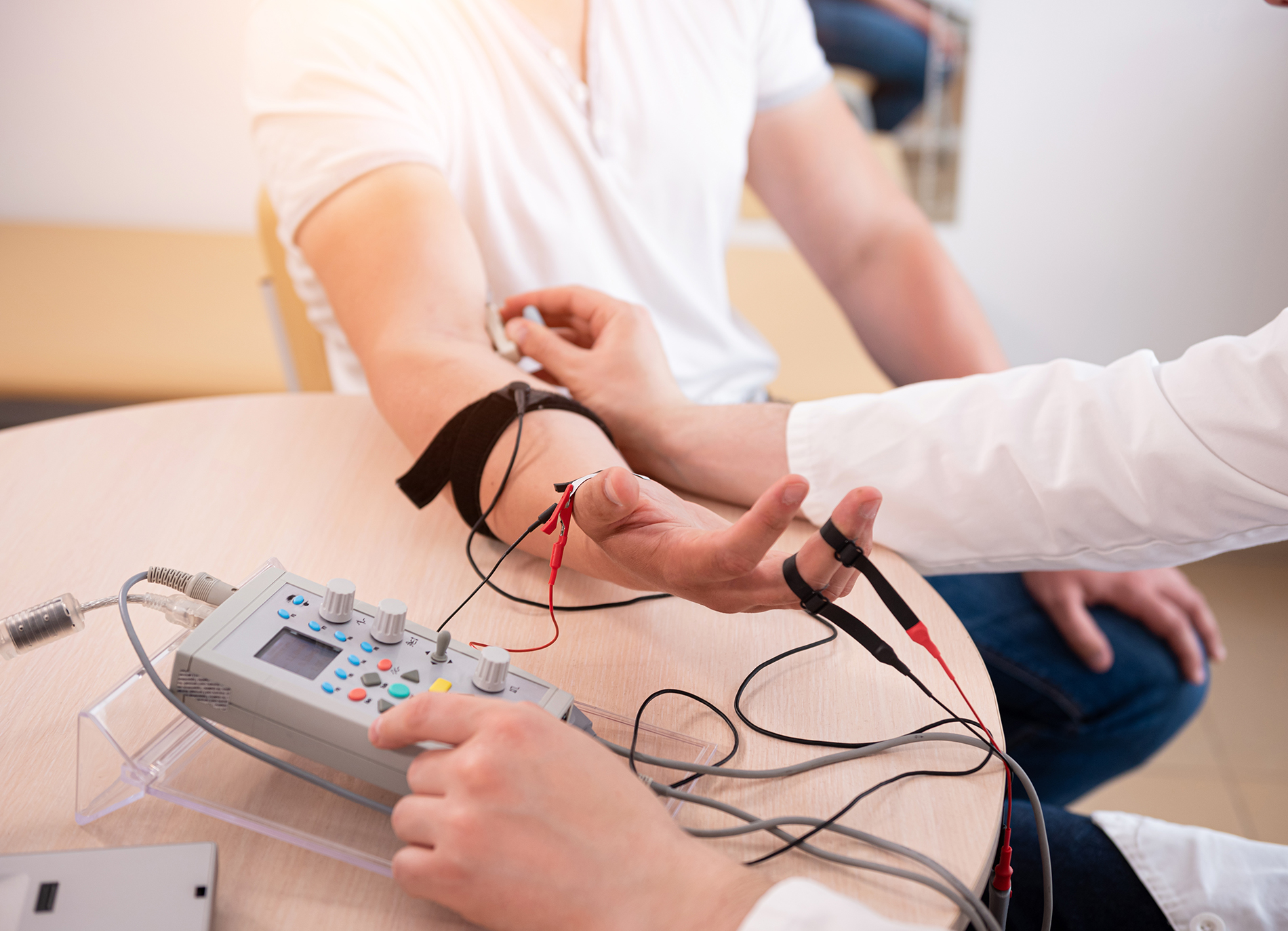
Electrodiagnostic Medicine Testing
If you are experiencing any symptoms that suggest a neuromuscular disorder, such as muscle weakness, numbness, or tingling, your doctor may order electrodiagnostic medicine testing to help guide further testing and management. Electrodiagnostic testing is can be used to diagnose a variety of conditions, including but not limited to:
Focal nerve injuries such as Carpal tunnel syndrome, ulnar neuropathy, etc.
Radiculopathy: compromise of the nerves as they exit the spine such as with Spinal stenosis or disk herniations.
Brachial plexus injuries: thoracic outlet syndrome, Parsonage-Turner Syndrome, etc
Peripheral neuropathy such as diabetic neuropathy, Guillain-Barre Sydnrome, etc.
Motor neuron disorders such as Amyotrophic lateral sclerosis (ALS)
Neuromuscular Junction Disorders such as Myasthenia gravis
Myopathies such as polymyositis, inclusion body myositis, myotonic dystrophy, etc..
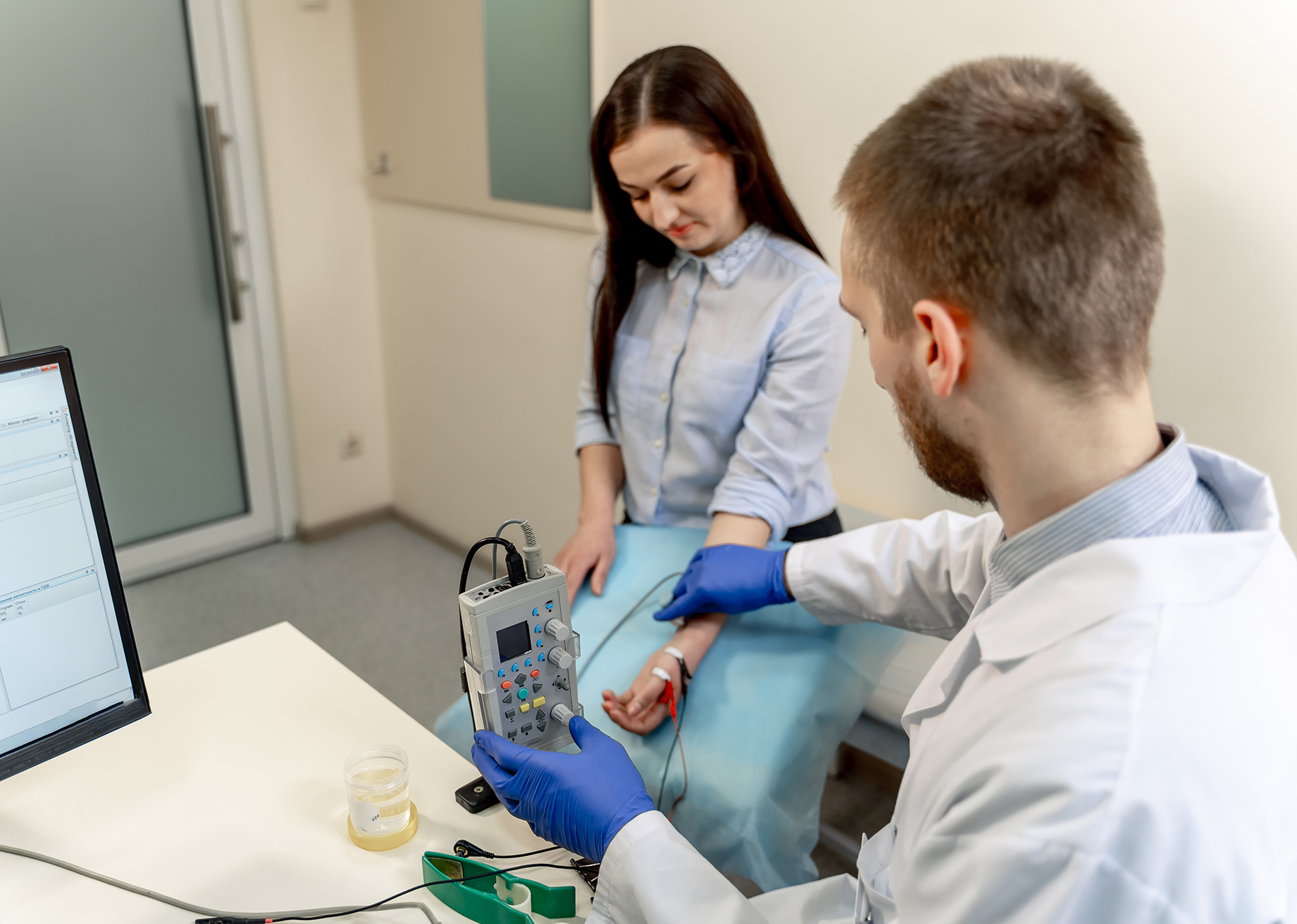
The accuracy of electrodiagnostic tests depends on the skill of the person conducting the test and the precision of the equipment used. Generally, these tests can accurately determine injuries to the nerves or nerve roots, as well as diseases of the nerves and muscles. In some conditions, however, it may take several weeks for changes to become apparent.
Additionally, the tests cannot determine the existence or extent of pain. A person may still feel pain or exhibit symptoms even though electrodiagnostic tests show that the nerves are functioning normally.
Please feel free contact us with any questions or concerns you may have prior to your scheduled visit with Maxim.

